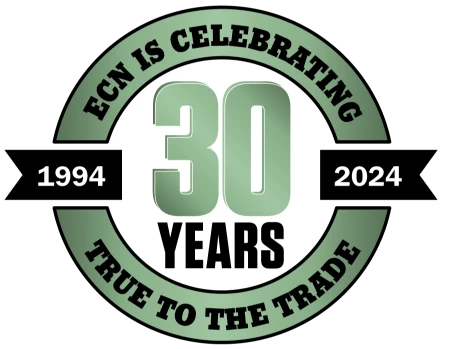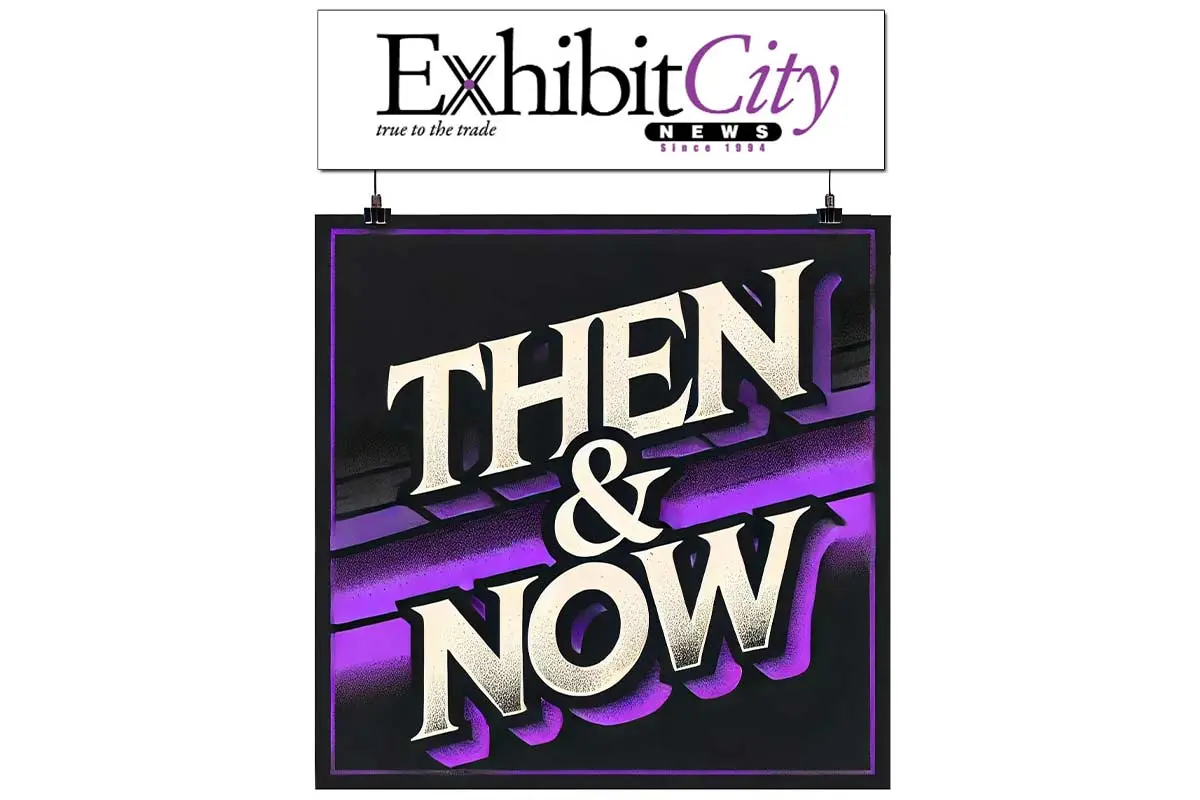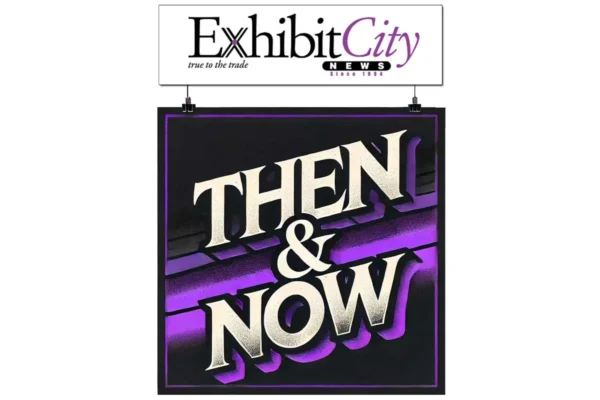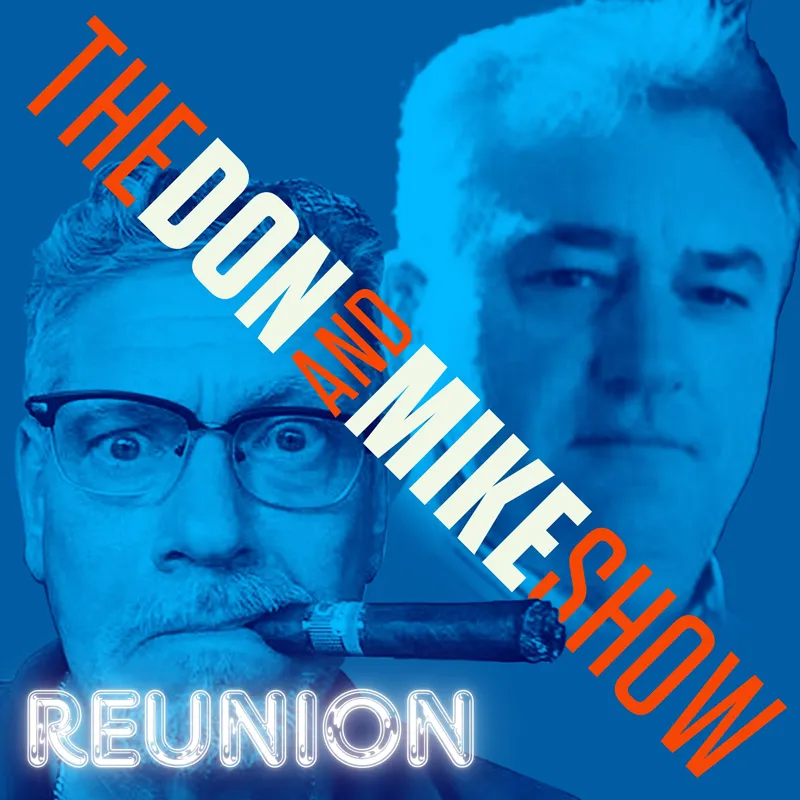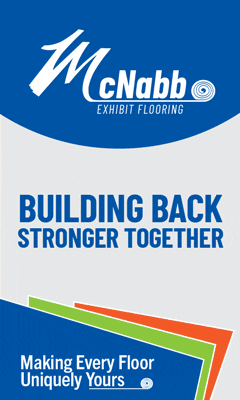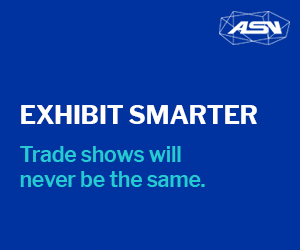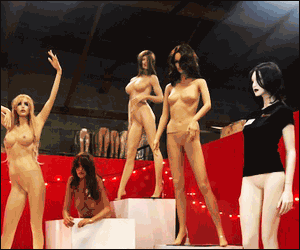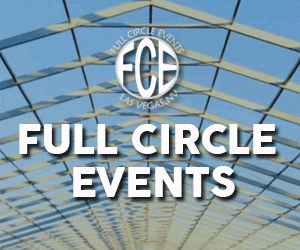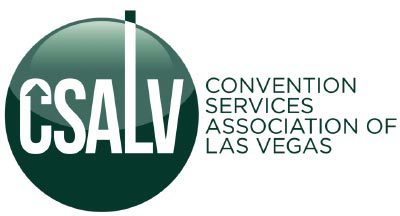About the Then & Now Content Series
The Then & Now series written by Kerstan Szczepanski was originally published in the Exhibit City News 30 Year Anniversary book. The series is a collection of aspects of the show floor that have changed over the last 30 years. The content covers an overview of the last 30 years and is not intended to be an insight into every change, but a broad overview. Many things have changed over the last 30 years and will continue to change.
To see the original layout of this article, please visit page 161 of the 30 Year Anniversary book.
The Regulatory Journey of Tradeshows
When you step into a modern tradeshow, you’re surrounded by cutting-edge displays, sleek technology, and smooth organization. Behind the scenes, there’s a complex network of regulations ensuring everything runs safely, sustainably, and efficiently. Over the past 30 years, these regulations have evolved dramatically, shaping the industry as we know it. Let’s take a trip through time to see how tradeshow regulations have gone from basic safety guidelines to the comprehensive standards we have today.
The 1990s: Safety First, Keep It Simple
Picture a tradeshow floor in the mid-90s. The regulatory landscape was simple, mainly focused on basic safety. Fire codes, electrical safety, and structurally sound booths were the big concerns, usually enforced by local authorities.
Rigging, which we now rely on for dramatic overhead displays, was just getting started. Back then, the focus was ensuring lighting and signage were secure, meeting basic load-bearing requirements. There were no industry-wide standards, so it was often left up to the experience of individual riggers.
The 2000s: Standardization Takes Over
With the new millennium came a push for more uniform standards across the industry. Organizations like the Entertainment Services and Technology Association (ESTA) stepped in, creating detailed guidelines for rigging. This meant consistent rules for weight limits, attachment methods, and inspections.
Health and safety regulations also stepped up. As tradeshows grew larger and more complex, more focus was placed on emergency exits, crowd management, and using non-toxic materials in booth construction. In the U.S., OSHA guidelines became a major part of event planning.
International events also began to align their regulations with global standards like those from the International Organization for Standardization (ISO), making it easier for exhibitors to navigate tradeshows around the world.
The 2010s: The Green Revolution
In the 2010s, sustainability became a central focus. Safety was still key, but environmental concerns started driving new regulations. Exhibitors were encouraged, sometimes required, to cut waste, use eco-friendly materials, and minimize their environmental impact.
Venues began adopting green certifications like LEED (Leadership in Energy and Environmental Design), setting new sustainability benchmarks. Waste management regulations became stricter, with zero-waste initiatives becoming more common. The days of single-use booth materials were on the way out.
Energy efficiency was another big shift. LED lighting, energy-efficient appliances, and reduced power usage became not just best practices but often regulatory requirements. Some venues even offered incentives for eco-friendly exhibitors, turning sustainability into a competitive edge.
The 2020s: Safety 2.0, Sustainability, and the Digital Shift
Fast forward to today, and tradeshow regulations are more complex than ever. Rigging regulations now cover massive LED screens and interactive displays, with certified riggers ensuring everything is installed safely.
Sustainability has moved from optional to mandatory. Many places now require recyclable or biodegradable materials, limit single-use plastics, and regulate carbon emissions from events. Failure to comply can mean penalties, making these green initiatives serious business.
The COVID-19 pandemic brought new health and safety regulations. Sanitation, social distancing, and air quality standards are now part of the norm, with many events continuing these practices into the future.
One of the biggest regulatory shifts, though, has been the rise of digital and hybrid events. Data privacy laws like GDPR in Europe have introduced new rules, and accessibility standards for virtual platforms are now a must. Event platforms need to be accessible to all attendees, including those with disabilities, and must handle data in compliance with international privacy laws.
Several factors have driven this regulatory evolution:
Safety and liability: As tradeshow setups have become more complex, tighter safety regulations have been needed to prevent accidents and reduce liability risks.
Environmental concerns: The global shift towards sustainability has led to stricter rules enforcing eco-friendly practices within the industry.
Health and safety: The pandemic accelerated the adoption of health-focused regulations that are still shaping event planning today.
Globalization and standardization: With so many international tradeshows, standardized regulations across countries have become essential.
From basic safety to comprehensive standards for sustainability, health, and digital integration, these rules reflect a changing world and the industry’s commitment to safe, sustainable, and innovative event experiences.




